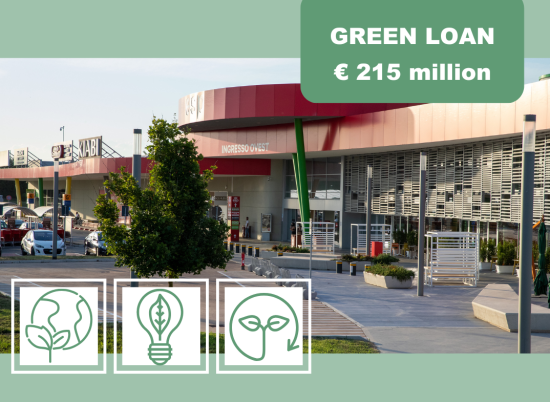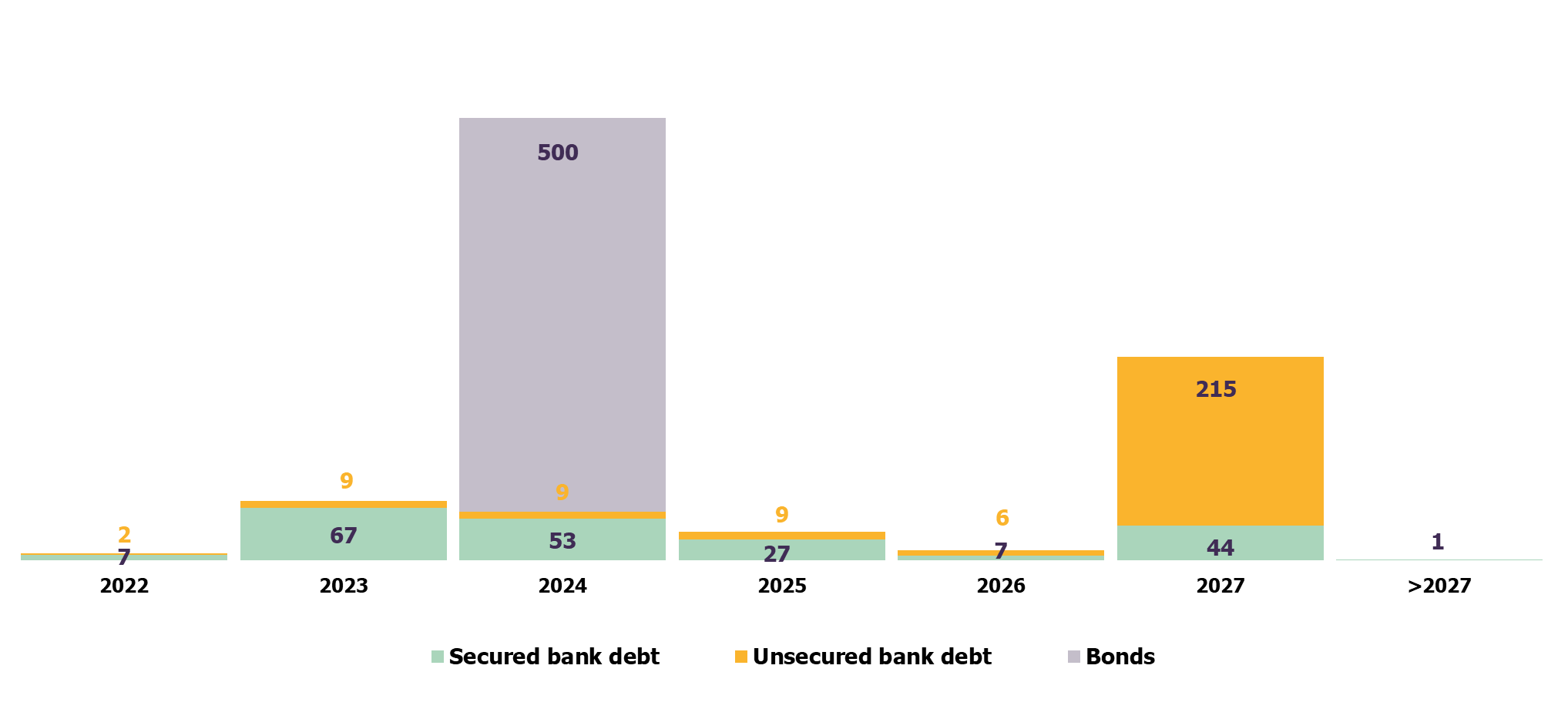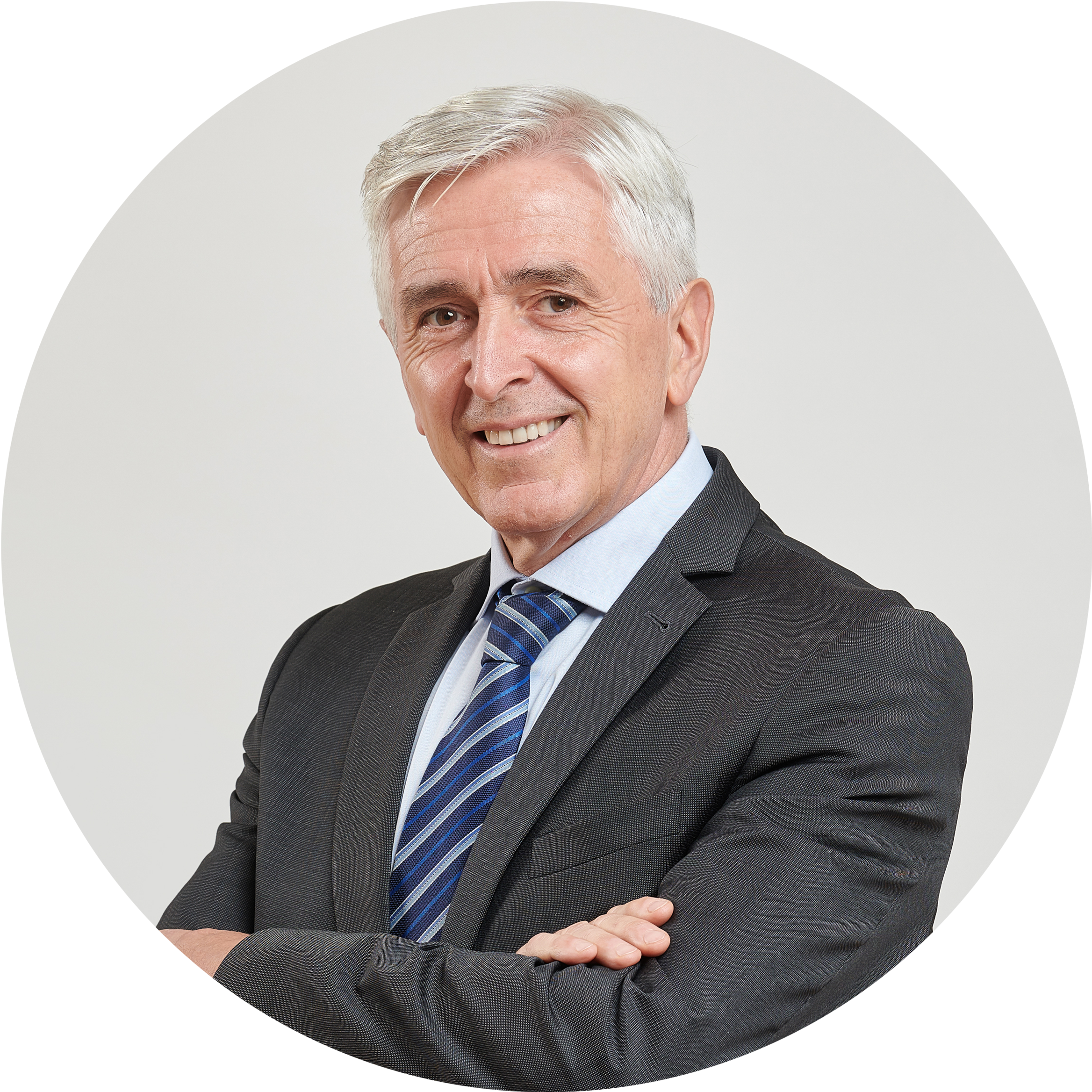Financial and green sustainability converge in the new €215 million loan

After having defined its Green Financial Framework in the spring, in August IGD obtained the first green loan in its history of €215 million from a pool of banks. Let’s find out the reasons why this type of loan was preferred in the current environment and how it affects financial sustainability by speaking with Andrea Bonvicini, IGD’s Chief Financial Officer.
What are the characteristics of this loan?
IGD obtained €215 million in new financing through a senior unsecured loan disbursed by a pool of banks comprising top-tier domestic and international lenders. The green facility expires in three years and has an extension option in favor of IGD for up to five years.
What led you to consider this type of instrument?
We went with a green loan because, in our view, in this current market environment it is the instrument that investors seem to prefer. The main benefit that we saw in this type of facility is the flexibility it provides in terms of liability management: the ability to extinguish it at any time leaves the door open to other refinancing opportunities if the market conditions should become better for the issue of a corporate bond, for example. This is crucial for IGD: in order to remain investment grade, which Fitch confirmed with a BBB- rating and stable outlook, the rating agencies ask that companies refinance all future maturities at least a year in advance. This is why a three year, unsecured solution with an extension option best met our needs.
A lot of work went into preparing the road leading to this new type of financing…
We started with the sustainability targets included in the 2024 Business Plan and the desire to obtain financing instruments that could facilitate the investments needed to achieve these same targets. The first step toward a green issue was, therefore, to define a Green Financial Framework, which we published last March. IGD’s Framework was developed in accordance with the Green Bond Principles 2021, published by the International Capital Market Association (ICMA), as well as the Green Loan Principles 2021, published by the Loan Market Association (LMA). The whole document, drafted with the support of a premier financial advisor (BNP Paribas), was also checked by ISS as we requested a Second Party Opinion. The Green Financial Framework defined the Eligible Green Projects, relative to the following categories: Green buildings, energy efficiency, renewable energy, and “clean” transportation. Currently the most important category for us – and, therefore, also the one which will benefit the most from the new financing obtained in August – is Green Buildings. We already have 8 BREEAM certified assets in our portfolio and 9 more should be certified by 2024, as per our 2024 Plan. We are, however, not stopping here: for some time we have, in fact, also been working on a Sustainability-Linked Financial Framework, that will be finalized in the coming months, which will allow us to issue financial instruments tied to sustainability performance.
Was it easy to put together a pool of banks interested in this specific type of financing?
We were certainly helped by the growing focus of the banking world on these types of instruments, as the single lender also has a sustainability strategy which is implemented by granting green loans. We could have tried to get more banks involved in the pool, which would have helped us to get larger loans, but this would have required more time. Our priority was to quickly use the new green loan to repay the €200 million syndicated loan, maturing in 2023, in advance. Interest rates were already rising, but by closing the new loan quickly we were able to lock-in a low spread.
Looking at the coming maturities, what other refinancing will IGD have to complete going forward?

As you can see by the chart of our debt maturities, if we also take into account the committed lines (currently completely unutilized), with this last transaction we have basically already refinanced the most significant financial maturities through year-end 2023. We do not have significant needs, as we have always carried out refinancing well in advance, not only in order to maintain our investment grade rating, but also to maintain the financial discipline that IGD has adhered to and which has always proved to be a winning strategy, particularly in difficult times like those experienced during the closure of the shopping centers due to the pandemic.
In your opinion, has the way in which the rating agencies assess companies changed in this new scenario?
The rating agencies are also trying to understand the extent to which the current global market conditions and the energy crisis will affect listed companies. I would also like to stress that IGD’s rental income is protected by rents that are indexed to inflation, while the direct impact of the higher cost of energy on the Group is limited to the energy consumed in the common areas of the shopping centers and the vacant spaces. The operating figures that we receive everyday show that tenants’ sales are back in line with 2019, the last year impacted by the pandemic, with significant growth compared to 2021: this indicates that the goods and services offered at the shopping centers are in step with the times and consistent with the expectations and needs of consumers. This is certainly one of the aspects that the rating agencies look at the most when assessing the health and sustainability of our cash flow. Furthermore, in the note attached to the last credit opinion, issued on September 16th, Fitch also stressed that the flexibility of the new loan was important given the changing scenario.
What will IGD do in the near future?
While lately our preference has been for unsecured debt, we have roughly €1.5 billion in assets that could be used for secured debt transactions: this represents important “breathing room” that IGD can count on. Even if currently we do not have any concrete needs, we are, at any rate, working on other refinancing and we will have access to a variety of financial instruments ranging from green or sustainability linked bonds, convertible bond loans, private placements and secured or unsecured bank loans. In the past, a number of different financial products have always been available to us and we have always selected the most opportune one based on our needs and the market conditions. Today we also have a number of different solutions to choose from.
Share




